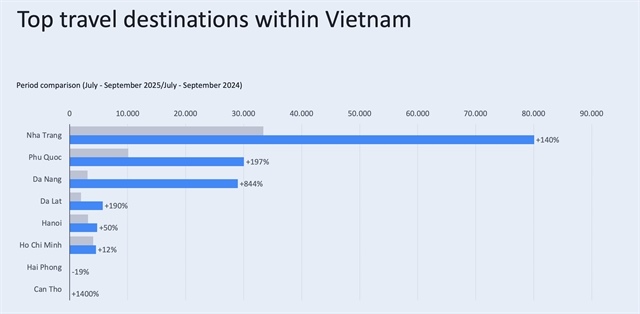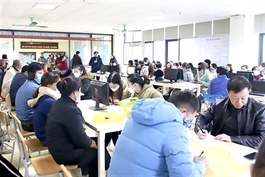Vietnam’s economy set for strong recovery in early 2024
Vietnam’s economy set for strong recovery in early 2024
Many international organizations have predicted that Vietnam's economy in 2024 could outperform that of 2023.
Vietnam’s economic trends in the first month of 2024 showed positive signs of recovery, with key sectors such as industry, services, and retail sales of goods experiencing an 8%-18% increase compared to the same period last year.

Prime Minister Pham Minh Chinh at the meeting. Photos: Nhat Bac/VGP |
Prime Minister Pham Minh Chinh assessed during the monthly Government meeting held today [February 1], pointing to stable macroeconomic fundamentals and inflation under control (up 3.37% year-on-year).
Chinh added that agriculture, industry, and services, the pillars of the economy, all experienced growth in the first month of the year.
According to the report from the Ministry of Planning and Investment, the industrial production index increased by 18.3%, with manufacturing and processing industries rising by 19.3%. Retail sales of goods and consumer services also increased by over 8%.
Exports and imports saw growth rates of 42% and 33%, respectively, indicating a month-on-month recovery trend. Vietnam is expected to post a trade surplus of over US$2.9 billion in the first month of the year.
"The economy in January continued the positive recovery trend," commented the Prime Minister.
Earlier this year, international organizations predicted that Vietnam's economy could grow faster in 2024 than in 2023. The Asian Development Bank (ADB) forecast a 6% economic growth for Vietnam in 2024. The International Monetary Fund (IMF) predicted that Vietnam's economy would rank 20th globally with a growth rate of 5.8% in 2024.
The results of January serve as a baseline, setting the momentum for the entire year. However, the Prime Minister acknowledged the challenges ahead, such as the slow recovery of major trading partners, global inflationary pressures, and the continued monetary tightening in many countries.
Internal issues in the economy have not been completely resolved, and businesses still face difficulties. In January, nearly 53,900 businesses withdrew from the market due to underlying risks.

Overview of the meeting. |
According to data from the Ministry of Planning and Investment, credit balances as of January 18 were down by over 1.5% compared with the end of 2023, highlighting the challenges for businesses in accessing capital.
In this context, similar to 2023, Vietnam has prospects for improving growth rates through increased public investment, consumption, and exports, leveraging new growth drivers from digital transformation, green transition, and attracting foreign direct investment (FDI).
"We need new solutions to rejuvenate traditional growth drivers and promote new growth momentum," emphasized Chinh.
He also emphasized the need for solutions to overcome difficulties for businesses, boost production, and trade, create jobs, and integrate Vietnam more deeply into the global supply chain, addressing supply chain disruptions. He also called for promoting innovation and entrepreneurship and maximizing resources in state-owned corporations and conglomerates.
To achieve a growth rate of 6-6.5% this year, the Ministry of Planning and Investment noted that, in addition to institutional reforms, Vietnam needs to seize and maximize new opportunities from foreign achievements. Policies and measures related to taxes, fees, currency, trade, and investment, according to the ministry, should promote the rapid recovery of production, business, and industry, leading to job creation.
Another solution is to attract large-scale FDI projects, especially in high-tech industries such as manufacturing, electronics, semiconductors, and hydrogen. On the other hand, the removal of obstacles to the property market needs to be accelerated, with efforts to complete 130,000 social housing units this year.



























